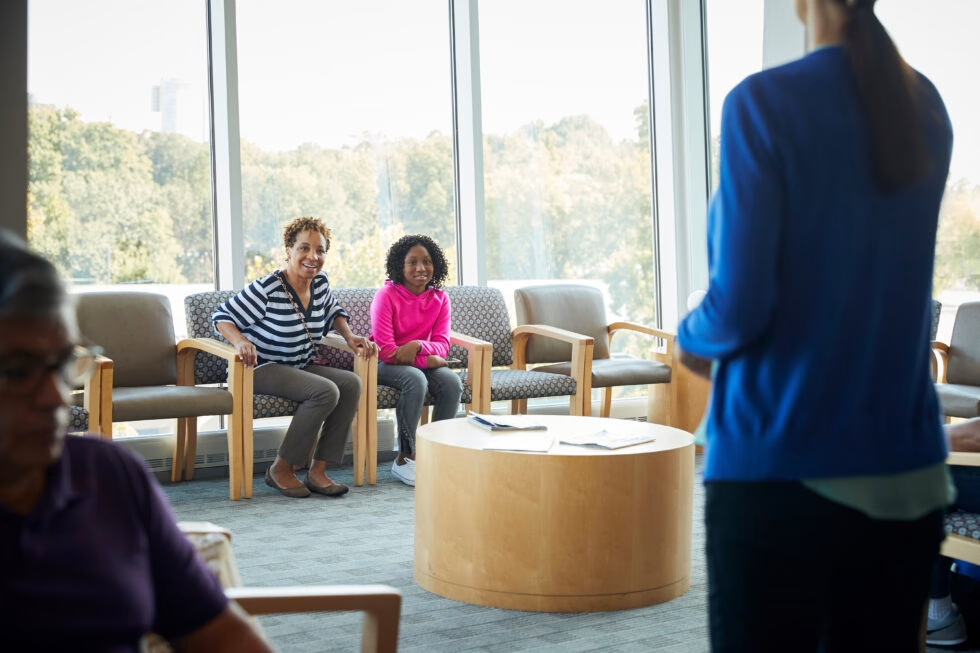by | Jul 30, 2024 | Healthy Living

Do I Have Athlete’s Foot?
Wondering if you have athlete’s foot? Learn about the symptoms, causes, treatment options, and prevention tips to keep your feet healthy and fungus-free.
Being active with running, playing sports, hiking, and more is one of the best things you can do for your health. However, you could find yourself suffering from conditions like athlete’s foot – making being active a lot more difficult than it should be.
Athlete’s foot, also known as tinea pedis, is a common fungal infection that affects the skin on the feet. It’s characterized by itching, burning, and cracked skin, particularly between the toes. If you’ve ever experienced these symptoms, you might be wondering if you have athlete’s foot. This blog post will help you identify the signs and symptoms, understand the causes, and learn about effective treatments and prevention methods.
Signs and Symptoms
Itching and Burning
One of the most common symptoms of athlete’s foot is itching and burning sensations, particularly between the toes. This discomfort can vary from mild to severe and often intensifies after removing shoes and socks. The warm, moist environment inside footwear promotes fungal growth, worsening these sensations. Persistent itching can lead to scratching, which may further irritate the skin and create small cracks, increasing the risk of secondary infections.
Red, Scaly Rash
Athlete’s foot typically presents as a red, scaly rash that often appears between the toes but can spread to other parts of the foot. The affected skin may look dry and flaky, and blisters or sores can develop in more severe cases. This rash can extend to other body parts, such as the hands, if the infected area is scratched, transferring the fungus.
Cracked, Peeling Skin
As athlete’s foot progresses, the skin on the feet, especially between the toes, may become cracked and peel. This can cause significant pain and discomfort, making walking or wearing shoes difficult. Cracked skin also increases the risk of secondary bacterial infections, emphasizing the importance of early treatment.
Swelling and Inflammation
In more severe cases, athlete’s foot can cause swelling and inflammation in the affected area. This may be accompanied by a foul odor due to bacterial growth in the damp, infected environment. Swollen, inflamed skin can be tender and painful, complicating movement and normal activities.
Thickened, Discolored Toenails
Athlete’s foot can sometimes spread to the toenails, causing them to become thick, brittle, and discolored, a condition known as onychomycosis. The nails may turn yellow, brown, or white, and develop a crumbly texture. This condition is challenging to treat and may require specialized antifungal medications or therapies.
Causes of Athlete’s Foot
Athlete’s foot is caused by dermatophytes, a type of fungus that thrives in warm, moist environments. Common places where the fungus can be contracted include:
- Public showers
- Locker rooms
- Swimming pools
- Gym floors
- Sharing personal items like towels or socks
Fungi can easily spread from person to person or from contaminated surfaces to your feet. Wearing tight-fitting shoes, having sweaty feet, and having minor skin or nail injuries can increase your risk of developing athlete’s foot.
Treatment Options
The good news is that athlete’s foot is treatable. Here are some common treatments:
- Over-the-Counter Antifungal Medications: Many mild cases of athlete’s foot can be treated with over-the-counter antifungal creams, sprays, or powders. These medications are typically applied directly to the affected area and help eliminate the fungus and relieve symptoms.
- Prescription Medications: For more severe or persistent cases, a healthcare provider may prescribe stronger antifungal medications. These can include topical treatments and oral medications that work from the inside out.
- Home Remedies: Some people find relief from athlete’s foot symptoms with home remedies, such as soaking their feet in a mixture of water and vinegar or using tea tree oil. While these remedies may help alleviate symptoms, they should not replace medical treatment, especially for more severe cases.
- Keep Feet Dry and Clean: Keeping your feet clean and dry is crucial in treating and preventing athlete’s foot. Make sure to thoroughly dry your feet after bathing, especially between the toes. Change your socks regularly and opt for breathable footwear.
Prevention Tips
Preventing athlete’s foot is often easier than treating it. Here are some tips to reduce your risk:
- Wear Shower Shoes: Use shower shoes or flip-flops in public showers, locker rooms, and around swimming pools to protect your feet from fungi.
- Keep Feet Dry: Dry your feet thoroughly after bathing and change your socks if they become damp from sweat. Consider using foot powder to keep feet dry.
- Choose Breathable Footwear: Wear shoes made of breathable materials and avoid tight-fitting shoes that can trap moisture.
- Alternate Shoes: Give your shoes time to air out and dry by alternating pairs each day.
- Avoid Sharing Personal Items: Do not share towels, socks, or shoes with others to prevent the spread of fungi.
If you’re experiencing itching, burning, or a rash on your feet, you might have athlete’s foot. Understanding the signs and symptoms, as well as seeking prompt treatment, can help you manage the condition effectively. By following preventive measures, you can reduce your risk of developing athlete’s foot and keep your feet healthy. If you suspect you have athlete’s foot, visit your local urgent care center for a professional diagnosis and appropriate treatment.


